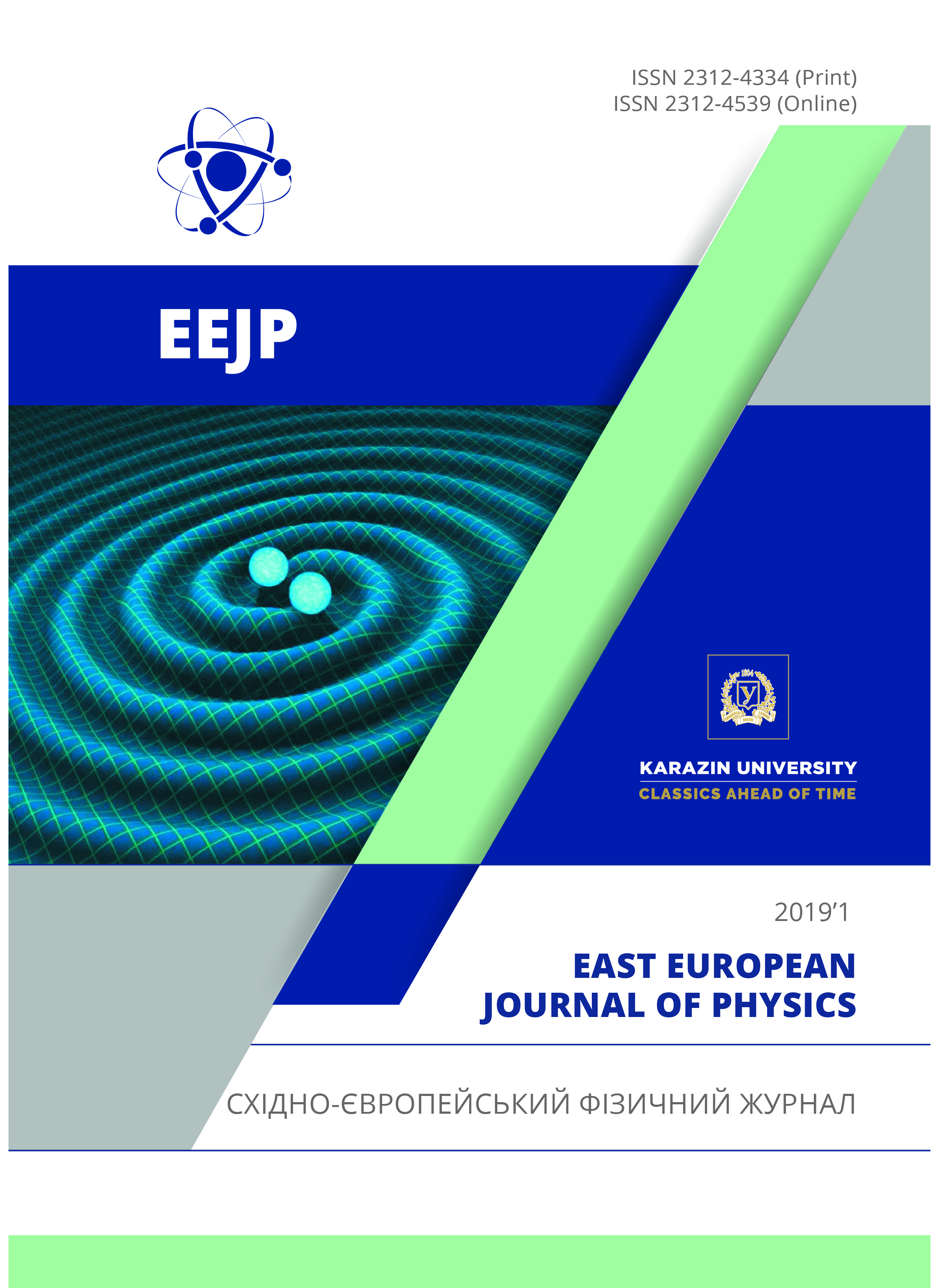Chiral Fermions Algorithms In Lattice QCD
Abstract
The theory that explains the strong interactions of the elementary particles, as part of the standard model, it is the so-called Quantum Chromodynamics (QCD) theory. In regimes of low energy this theory it is formulated and solved in a lattice with four dimensions using numerical simulations. This method it is called the lattice QCD theory. Quark propagator it the most important element that is calculated because it contains the physical information of lattice QCD. Computing quark propagator of chiral fermions in lattice means that we should invert the chiral Dirac operator, which has high complexity. In the standard inversion algorithms of the Krylov subspace methods, that are used in these kinds of simulations, the time of inversion is scaled with the inverse of the quark mass. In lattice QCD simulations with chiral fermions, this phenomenon it is knowing as the critical slowing-down problem. The purpose of this work is to show that the preconditioned GMRESR algorithm, developed in our previous work, solves this problem. The preconditioned GMRESR algorithm it is developed in U(1) group symmetry using QCDLAB 1.0 package, as good “environment” for testing new algorithms. In this paper we study the escalation of the time of inversion with the quark mass for this algorithm. It turned out that it is a fast inversion algorithm for lattice QCD simulations with chiral fermions, that “soothes” the critical slowing-down of standard algorithms. The results are compared with SHUMR algorithm that is optimal algorithm used in these kinds of simulations. The calculations are made for 100 statistically independent configurations on 64 x 64 lattice gauge U(1) field for three coupling constant and for some quark masses. The results showed that for the preconditioned GMRESR algorithm the coefficient k, related to the critical slowing down phenomena, it is approximately - 0.3 compared to the inverse proportional standard law (k = -1) that it is scaled SHUMR algorithm, even for dense lattices. These results make more stable and confirm the efficiency of our algorithm as an algorithm that avoid the critical slowing down phenomenon in lattice QCD simulations. In our future studies we have to develop the preconditioned GMRESR algorithm in four dimensions, in SU (3) lattice gauge theory.
Downloads
References
M. Lüscher, Annales Henri Poincare, 4, 197-210 (2003), https://doi.org/10.1007/s00023-003-0916-z.
K. G. Wilson, Phys. Rev. D, 10, 2445 (1974), https://doi.org/10.1103/PhysRevD.10.2445.
D. B. Kaplan, Phys. Lett. B, 228, 342 (1992), https://doi.org/10.1016/0370-2693(92)91112-M.
V. Furman and Y. Shamir, Nucl. Phys. B, 439, 54 (1995), https://doi.org/10.1016/0550-3213(95)00031-M.
R. Narayanan and H. Neuberger, Phys. Lett. B 302, 62 (1993), https://doi.org/10.1016/0370-2693(93)90636-V.
R. Narayanan and H. Neuberger, Nucl. Phys. B 443, 305 (1995), https://doi.org/10.1016/0550-3213(95)00111-5.
A. Boriçi, in: QCD and Numerical Analysis III Proceedings, edited by A. Boriçi, A. Frommer, B. Joó, A. Kennedy and B. Pendleton (Springer, Germany, 2005), pp. 25-39.
A. Boriçi, Nucl. Phys. Proc. Suppl. 83, 771 (2000), https://doi.org/10.1016/S0920-5632(00)91802-4.
A. Boriçi, in: Lattice Fermions and Structure of the Vacuum, edited by V. Mitrjushkin and G. Schierholz, (Kluwer Academic Publishers, London, 2006), pp. 41-54.
H. Neuberger, Phys. Lett. B 417, 141 (1998), https://doi.org/10.1016/S0370-2693(97)01368-3.
A. Boriçi, PhD thesis, No. CSCS TR-96-27, ETH Zurich (1996).
A. Boriçi and P. Forcrand, in: Physics Computing ’94 Proceedings, edited by R. Gruber and M. Tomassini (European Physical Society, Switzerland, 1994), pp. 711–714.
D. Xhako and A. Boriçi, American Journal of Physics and Applications, 2, 67 (2014), https://doi.org/10.11648/j.ajpa.20140202.15.
A. Boriçi, High Energy Physics - Lattice (hep-lat), (2006), arXiv:hep-lat/0610054.
A. Boriçi, Invited talk given at the: Domain Wall Fermions at Ten Years, 2007 March 15-17, Brookhaven National Laboratory, arXiv:hep-lat/0703021.
QCDLAB software, http://phys.fshn.edu.al/qcdlab.
N. Cundy, Comput. Phys. Commun. 165, 22 (1974), https://doi.org/10.1016/j.cpc.2004.10.005.
D. Hyka (Xhako) and R. Osmanaj (Zeqirllari), in: 35th International Symposium on Lattice Field Theory - Lattice 2017 Proceedings, edited by M. D. Morte, E. G. Sanchez, P. Fritzsch and C. P. Ruano, (EPJ Web of Conferences, France, 2018), pp. 14005-14061.
Authors who publish with this journal agree to the following terms:
- Authors retain copyright and grant the journal right of first publication with the work simultaneously licensed under a Creative Commons Attribution License that allows others to share the work with an acknowledgment of the work's authorship and initial publication in this journal.
- Authors are able to enter into separate, additional contractual arrangements for the non-exclusive distribution of the journal's published version of the work (e.g., post it to an institutional repository or publish it in a book), with an acknowledgment of its initial publication in this journal.
- Authors are permitted and encouraged to post their work online (e.g., in institutional repositories or on their website) prior to and during the submission process, as it can lead to productive exchanges, as well as earlier and greater citation of published work (See The Effect of Open Access).








